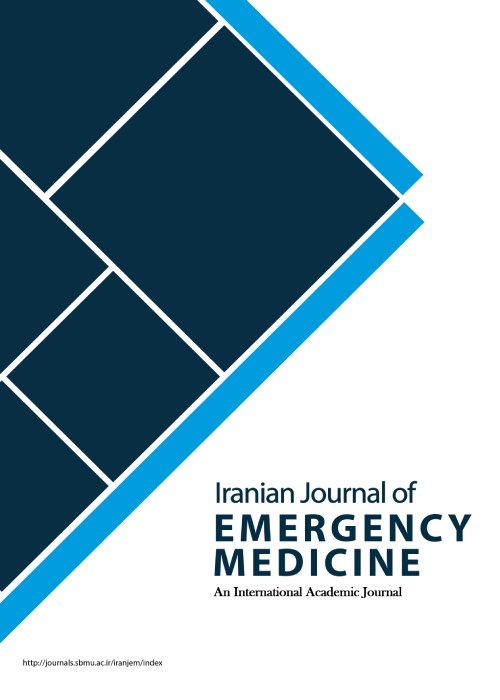Clinical Outcome of Traumatic Brain Injury: Evaluation of Practical Prediction Models and their Values; a Narrative Review
Traumatic brain injury (TBI) is one of the leading causes of morbidity and mortality around the world, which can have long-term effects on cognitive, physical, and physiological functions, and the family and caregivers of the affected patients. The prognosis of TBI varies based on various factors and identifying factors affecting the prognosis of TBI can play an important role in the management of patients with this problem. Therefore, this study was designed and conducted to investigate practical models in determining the clinical outcome of TBI.
This study is a narrative review on studies found in PubMed, Scopus, EmBase, ScienceDirect and Google Scholar databases using keywords extracted from MeSH including "Traumatic brain injury", "Glasgow Coma Scale", "Treatment Clinical Outcome", "Glasgow Clinical Outcome Scale", "Simplified Motor Scale", "Brain Bleeding" and the combination of these keywords. Also, in order to cover the maximum number of studies conducted in this field, the references of the extracted articles were reviewed in order to find useful articles in line with this study.
A total of 106 articles published between 2004 and 2019 were included in the study; the most important TBI review models such as IMPACT (International Mission on Prognosis and Analysis of Clinical Trials in TBI) and CRASH (Medical Research Council Corticosteroid Randomization after Significant Head Injury), which have studied many patients, and tools such as GCS ( Glasgow Coma Scale), SMS (Simplified Motor Score), GOS (Glasgow Outcome Scale), GOSE (Glasgow Outcome Scale-Extended), AIS (Abbreviated Injury Score), Marshall computed tomography (CT) Scale, Rotterdam CT Scale and FSS (Functional Status Scale), which, alone or in combination, can provide a relatively good prognosis for patient diagnosis and treatment, as well as clinical conditions and symptoms including subdural hematoma (SDH), arterial hypotension, hypothermia, hypoxia, neurological deterioration, and various physiological and pathological factors were studied. In addition, the strengths and weaknesses of each item in diagnosis of a clinical event in TBI were evaluated so that perhaps a more appropriate clinical decision could be made using them.
Considering the wide range of scales and tools available for predicting the clinical prognosis of patients with TBI, choosing the appropriate scale and timely estimation of the patient's clinical prognosis can be of great help in allocating hospital resources, choosing the appropriate diagnostic and treatment methods, and reducing the rate of mortality and disability in patients with TBI.
- حق عضویت دریافتی صرف حمایت از نشریات عضو و نگهداری، تکمیل و توسعه مگیران میشود.
- پرداخت حق اشتراک و دانلود مقالات اجازه بازنشر آن در سایر رسانههای چاپی و دیجیتال را به کاربر نمیدهد.



